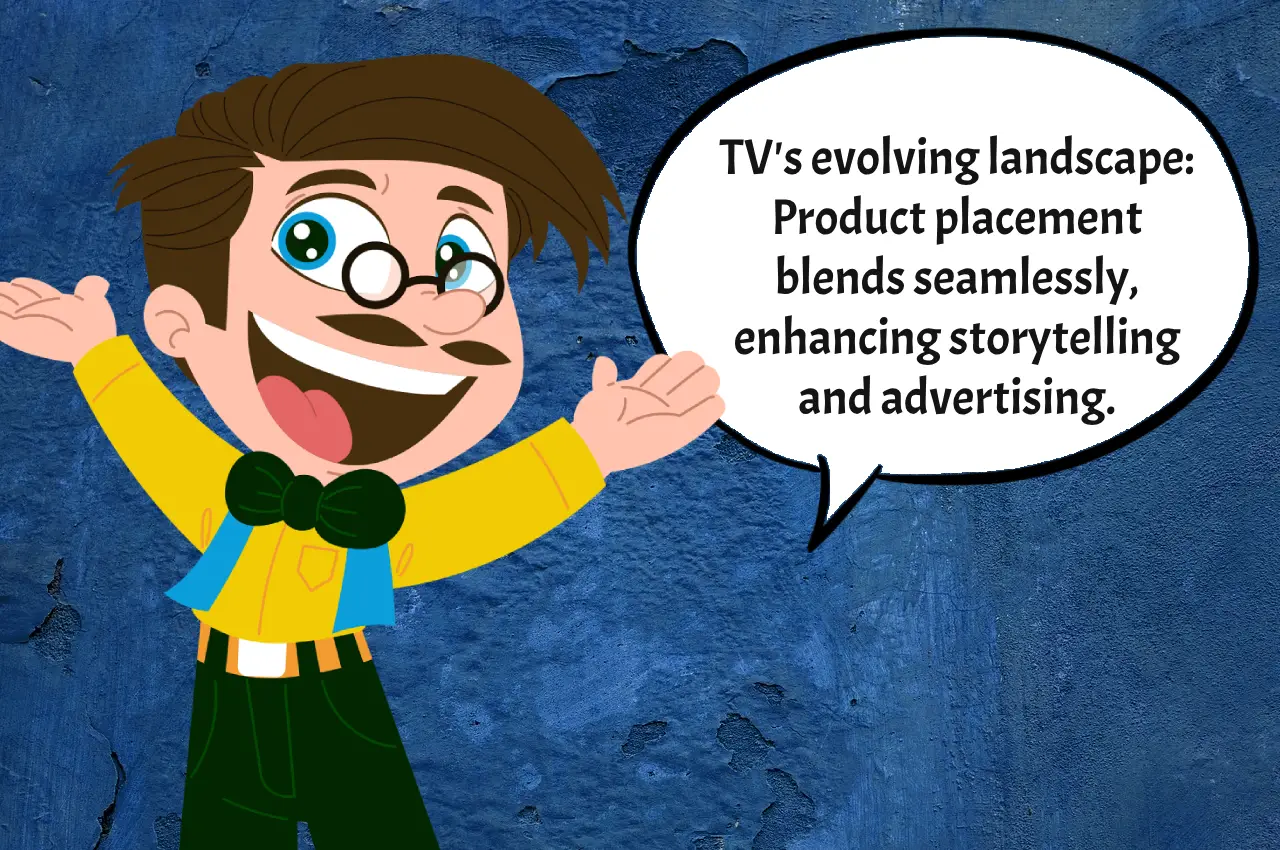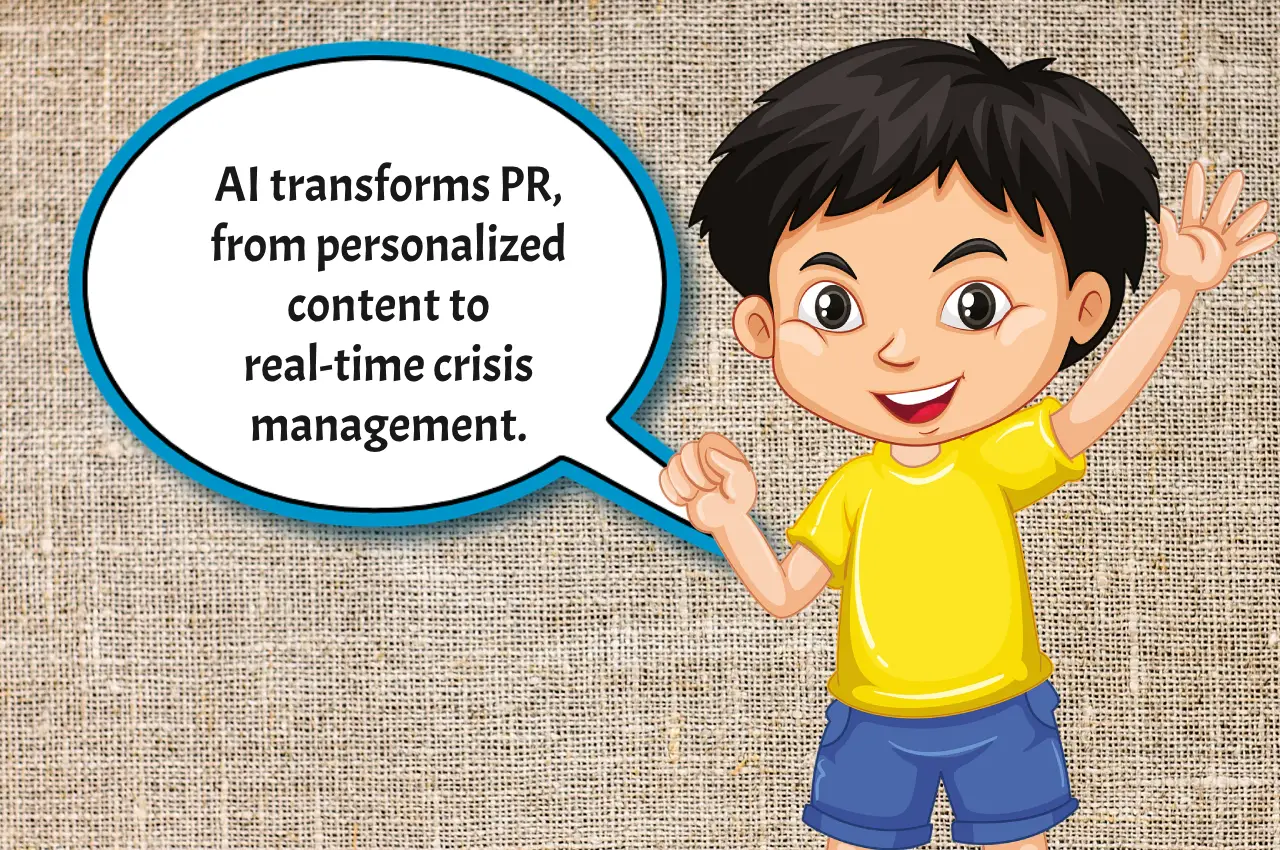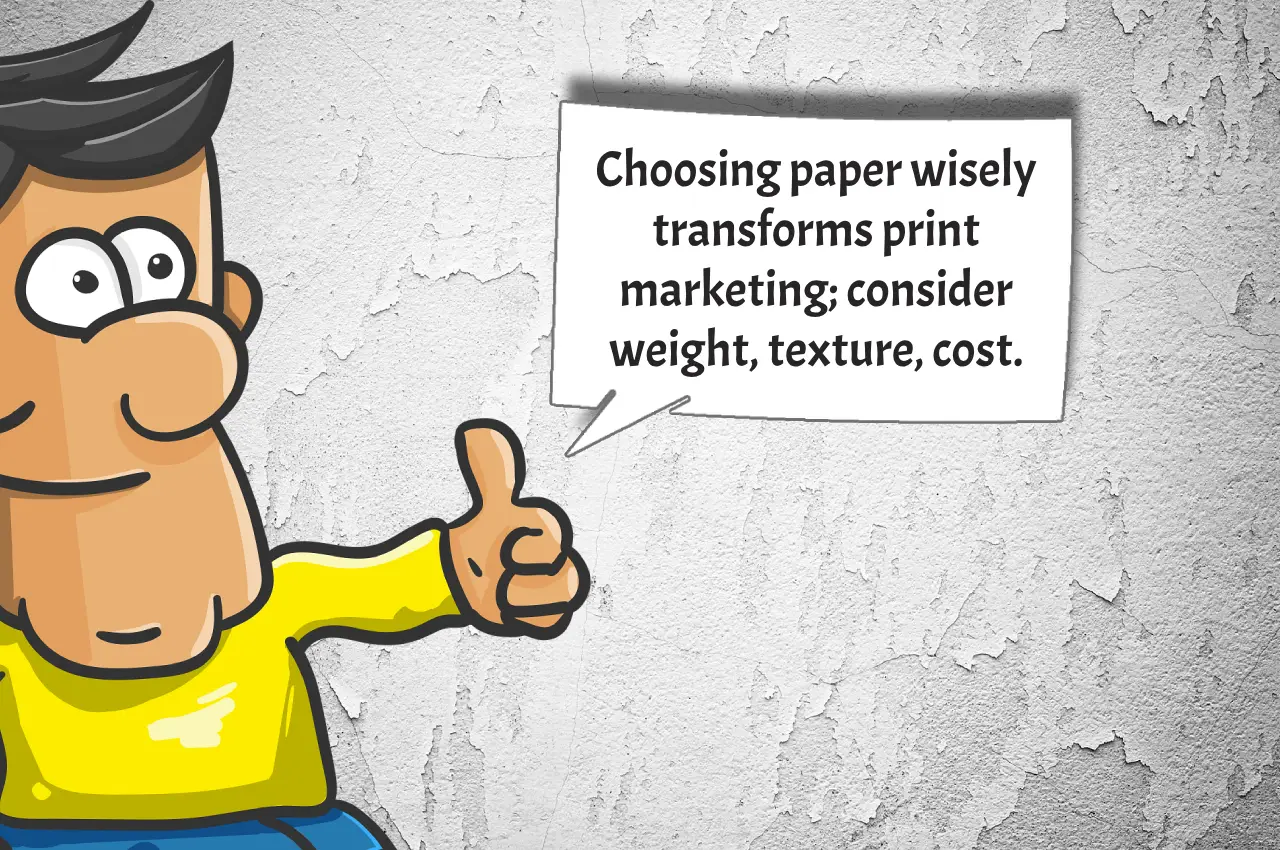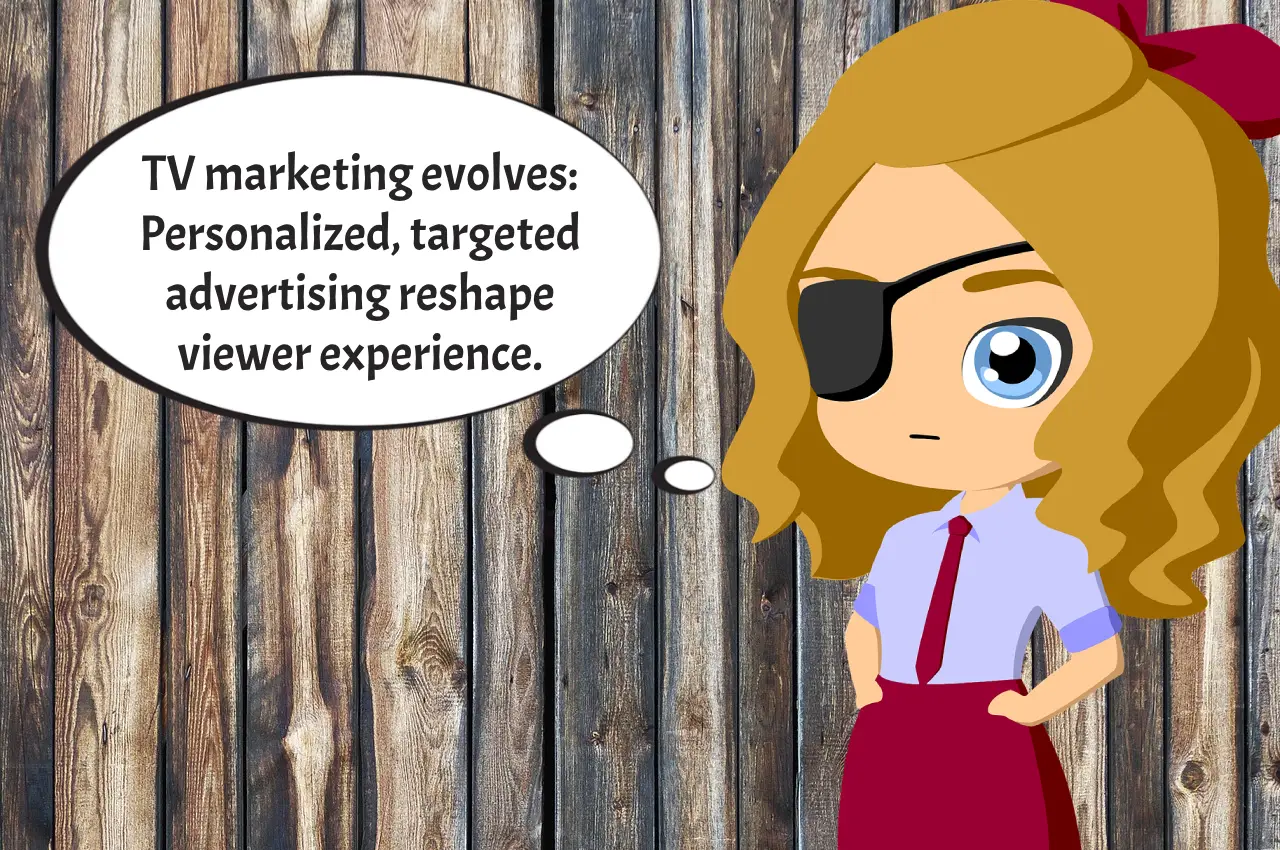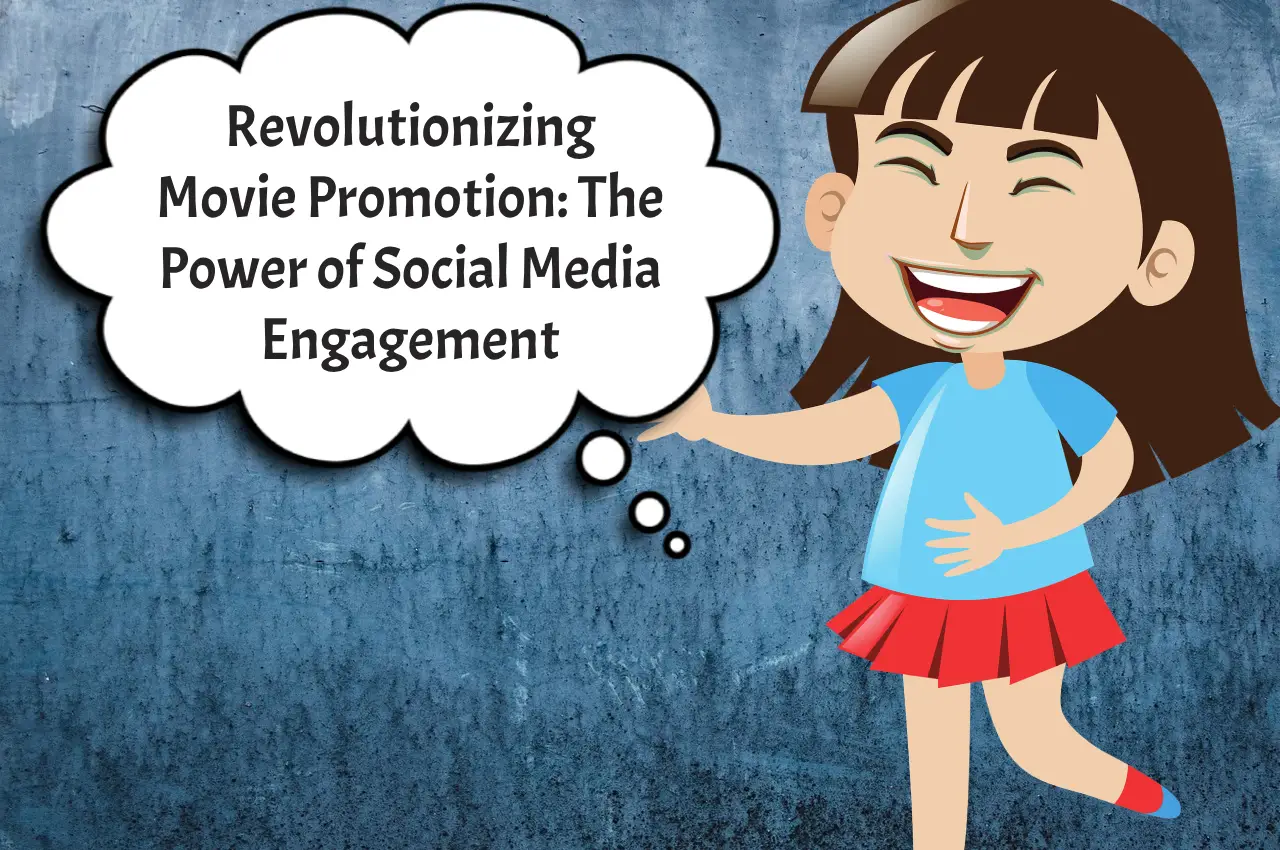In the ever-evolving landscape of television, where content is king, a subtle yet powerful player has emerged – the art of product placement in TV shows. Beyond mere on-screen appearances, this strategic integration of brands into TV shows has become an art form in itself, seamlessly blending entertainment and advertising to captivate audiences worldwide.
Unveiling the Canvas: Understanding Product Placement
Product placement, often referred to as the ‘hidden persuader,’ is the intentional incorporation of branded products or services into the storyline of a TV show. Unlike traditional commercials, this approach leverages the narrative to create an immersive brand experience for viewers. From the iconic Coca-Cola cups on the coffee table in “Friends” to the sleek Microsoft Surface devices featured in “House of Cards,” product placement is a subtle dance between storytelling and brand promotion.
The Craft of Seamless Integration
The key to successful product placement in TV shows lies in seamless integration. Viewers should feel that the products naturally belong in the characters’ lives. Take Apple’s strategic product placements in various shows like “Stranger Things” and “The Morning Show.” The characters effortlessly use iPhones and MacBooks, reinforcing the brand’s association with innovation and modernity.
This art requires a delicate touch – like a master painter choosing the perfect hue for a canvas. When executed seamlessly, product placement transforms from a mere advertising tactic to an enhancement of the viewing experience. The audience doesn’t feel like they’re being sold to; instead, they’re witnessing an authentic part of the characters’ lives.
Storytelling Synergy: When Brands Become Characters
The most effective product placements are those where the brand becomes a character in the story. A classic example is the use of Ford Mustang in the movie “Bullitt.” The iconic car chase scene not only showcased the vehicle’s power but also etched it into cinematic history. Similarly, in TV shows, when a product plays a pivotal role in a character’s life, it becomes memorable and influential.
Consider the incorporation of Apple products into the hit series “Breaking Bad.” Walter White’s meticulous use of an iPad for chemical calculations not only served the narrative but also reinforced the brand’s association with precision and innovation. When brands seamlessly become part of the storyline, they transcend being mere products – they become integral elements that enhance the narrative and leave a lasting impression.
Navigating the Thin Line: Authenticity Over Commercialism
While product placement is a powerful tool, treading the fine line between authenticity and commercialism is crucial. Viewers are savvy and can spot forced placements from a mile away. In “Breaking Bad,” the subtle integration of fast-food chain Los Pollos Hermanos felt authentic within the show’s context, avoiding any jarring commercial interruptions.
Successful product placement in TV shows hinges on maintaining the authenticity of the story and characters. When a brand feels like a natural fit within the fictional world, viewers are more likely to accept and even appreciate its presence. Strive for a balance where the brand adds value to the narrative without overshadowing the story’s authenticity.
The Economics of Influence: Why Brands Choose TV Shows
For brands, the decision to invest in TV show product placement is rooted in the economics of influence. With the rise of streaming platforms and on-demand content, traditional advertising methods are losing their grip. Product placement in TV shows allows brands to reach their target audience in a less intrusive way, leveraging the emotional connection viewers have with their favorite characters.
Brands recognize the power of storytelling in capturing consumer attention. Instead of interrupting the viewer’s experience with conventional commercials, product placement weaves the brand seamlessly into the storyline. The economics are simple: an engaged audience is more likely to form positive associations with a brand when it’s organically integrated into the content they love.
Real-world Impact: Metrics Beyond Ratings
The success of product placement in TV shows isn’t solely measured in traditional ratings. Social media has become a powerful barometer for gauging audience engagement. When Starbucks cups accidentally appeared in a “Game of Thrones” episode, social media erupted with memes and discussions, inadvertently providing the brand with immense exposure.
The “Game of Thrones” mishap with Starbucks showcased the instantaneous impact of product placement on social media. Memes circulated, discussions ensued, and the brand garnered significant attention. This real-time, organic interaction goes beyond the passive viewership of a traditional ad. It highlights the potential for brands to become part of cultural conversations, extending their reach far beyond the confines of the TV screen.
The Future of Product Placement in TV Shows: Immersive Experiences
As technology advances, so does the art of product placement. Virtual and augmented reality are opening new frontiers for brands to immerse viewers in their products. Imagine experiencing a character’s world through your VR headset, with the products seamlessly integrated into your virtual environment. The possibilities are limitless.
The future of product placement lies in creating immersive experiences that go beyond the screen. Virtual and augmented reality provide opportunities for viewers to interact with products in ways never before imagined. Whether it’s virtually trying on clothing featured in a show or exploring the intricate details of a product in a 3D space, the next frontier of product placement in TV shows is about bringing brands directly into the lives of the audience.
The art of product placement in TV shows is a dynamic field, shaping and being shaped by the ever-changing landscape of entertainment. What are your favorite examples of product placement in TV shows? Share your thoughts and join the conversation below!

